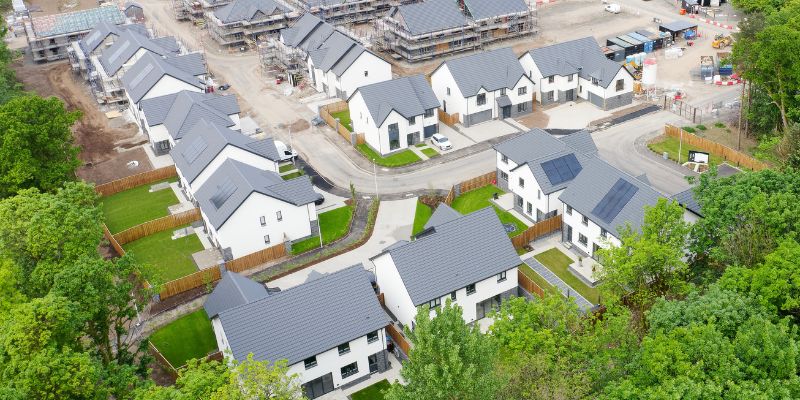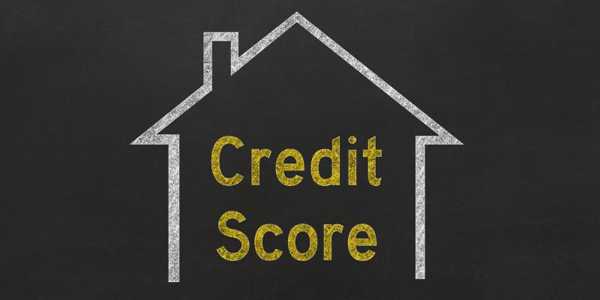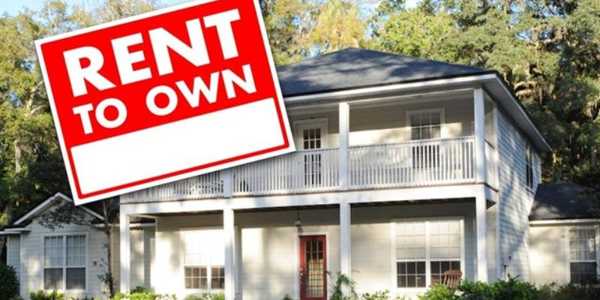
Commercial Real Estate Market Analysis: What Should You Know?
Asma
Looking to invest in the commercial real estate market? Before you dive in, there is something vital that you should do. Commercial Real Estate Market Analysis. Anyone looking to invest in or develop property should do a market analysis to uncover key facts about an area, such as property demand, prices, growth potential, etc. This information lets buyers, sellers, and developers know if they're making a sound investment decision. With this knowledge, one might avoid overpaying for property or missing out on better opportunities. Let's get started.

What Is Commercial Real Estate Market Analysis?
Definition Of Market Analysis
Market analysis in commercial real estate means looking at facts and numbers to understand how the market works. It includes studying property prices, rent rates, buyer interest, and nearby businesses. This data helps show whether a project or property has a good chance of success.
Why It’s Essential For Investors And Developers
Market analysis helps investors pick properties with the best chance for growth or steady income. Developers use this data to decide where to build or improve properties. A deep look at the market can save money and time by focusing on the right projects.
The Role Of Market Trends In Property Valuation
Not social media trends, but population growth, new business openings, big future projects, etc., can raise property values. On the other hand, a decline in jobs or services can lower values. Keeping track of these trends helps investors and developers stay ahead and make informed choices.
Key Factors To Consider In a Commercial Real Estate Market Analysis
Supply And Demand In The Local Market
When looking at the market, one should see how many properties are available and how many people want them. If many land spaces are empty, unused, and up for sale (high vacancy rates), it might mean too much supply. But if places fill up fast as soon as they're put "up for sale," that means the demand is high, and prices can go up in the area. Knowing this helps one see if the market is strong or weak.
Economic Indicators Affecting The Market
The market's health depends on the overall performance of local economies. Jobs, how much people spend per transaction, and the country's income (GDP) can change property values. If jobs increase or people pay more, the market rises, and properties become less valuable if these factors go down.
Demographics And Population Trends
Where people live and how they move around the area matter. Migration trends, such as people moving into or out of an area, impact property values. A growing number of people in a region often means more need for offices, shops, and homes. So, there's potential for profit, and the area will likely develop with time. But if people leave, demand can drop.
Infrastructure Development And Accessibility
Accessibility and convenience are key factors that attract renters and buyers. Buildings near roads, trains, or airports often have higher value. These make it easy for workers or customers to reach a place. New parks, schools, or stores also help improve an area’s worth. Checking for such growth shows if a property is in the right place for business.
Types Of Commercial Properties To Analyze
Office Spaces
Office spaces are an essential type of commercial property. The demand for office spaces depends greatly on business needs and trends like remote work. If companies in the area decide to expand or open new offices, the demand for office space grows. But if remote work becomes more popular, those businesses won't need office space. It is essential to check how firms in the area are doing, whether they are growing or shrinking, and if they're moving towards the "in-house office" route.
Retail Spaces
The demand for retail spaces has changed recently, especially with more people shopping online. However, some retail areas are still popular, especially those near busy locations or with good foot traffic. Retail spaces can be tricky because they are affected by changes in shopping habits, and also, with the rise of new trends like people preferring certain types of stores because of their social media campaigns, you never know.

Industrial Properties
Industrial properties, like warehouses and factories, are in demand for many reasons. E-commerce growth has increased the need for warehousing and storage spaces. More companies need places to store goods or move products quickly. A property in a suitable transport location and with access to every other busy part of the city can be valuable. Demand for these types of spaces continues to rise because of logistics needs.
Multifamily Housing
Multifamily housing is a popular investment. Demand for apartment complexes can depend on population growth and rental trends. The need for apartments grows if more people move to a city or area. Rent prices may rise, and more people may want to rent. But it's important to check rental trends, how much rent is charged and whether it's going up or down—before deciding on an investment.
Taking Action Using Market Analysis Data
Now you know what to look for when doing commercial real estate market analysis. It's time to apply this knowledge. Research the area you want to invest in, get the crucial data, analyze, and get an expert involved. These tips should help you decide on a commercial real estate investment. Keep an eye on the numbers and trends; you can stay ahead and make informed moves in the market.




